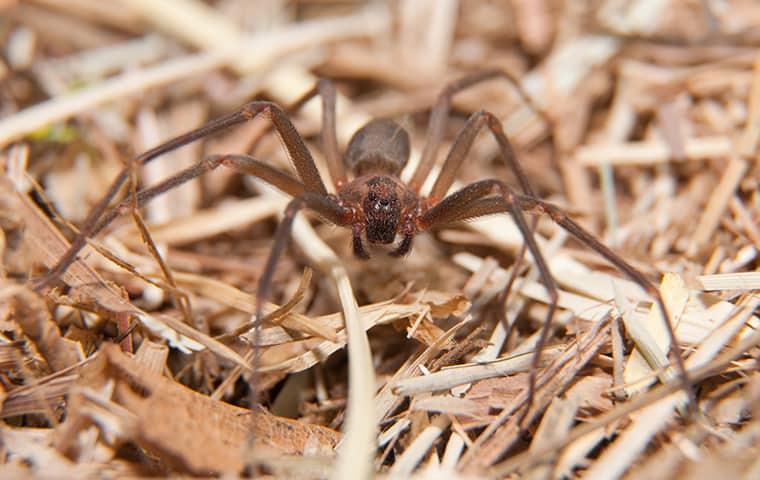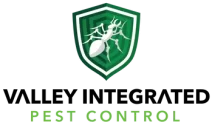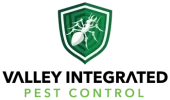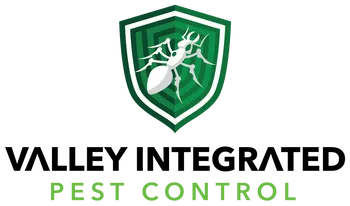Spiders are common creatures in many homes and gardens. While most are harmless, some can be venomous and pose risks to humans. Understanding how to tell if a spider is venomous or safe is important for your well-being and peace of mind. In this guide, we’ll break down the characteristics and behaviors of both venomous and non-venomous spiders, helping you feel more confident in managing any spider encounters.

Characteristics of Venomous Spiders
Knowing the traits of venomous spiders can help you stay safe. Here are some key features to look for:
The Black Widow Spider
The Black Widow is one of the most well-known venomous spiders. Females are shiny black with a red hourglass marking on their abdomen. They have a potent venom that can cause severe symptoms, though deaths are rare. They prefer dark, undisturbed areas like garages and woodpiles. If you spot a web with a chaotic structure in such locations, it might belong to a Black Widow. Always wear gloves when working in areas where they might reside.
The Brown Recluse Spider
The Brown Recluse is another venomous spider to watch out for. It’s light to dark brown with a distinct violin-shaped mark on its back. These spiders have six eyes arranged in pairs, unlike most spiders that have eight eyes. Brown Recluse bites can cause skin necrosis, so medical attention is advisable if bitten. They often hide in shoes, clothes, or bedding, so it’s wise to check these items before use, especially if stored for a while.
The Hobo Spider
Though less dangerous than the Black Widow and Brown Recluse, the Hobo Spider is often considered venomous. They are brown with a herringbone pattern on their abdomen. Hobo Spiders build funnel-shaped webs in dark, moist areas like basements and sheds. Their bites can cause mild symptoms in humans, such as redness and irritation, but they are not as harmful as once thought. Knowing this can alleviate undue concern when spotting them.
Characteristics of Non-Venomous Spiders
Most spiders are not venomous to humans. Here are some common non-venomous spiders:
The Common House Spider
These small, brown spiders are often found indoors. They have long, thin legs and weave messy webs. House spiders are harmless and help control other pests by feeding on insects like flies and mosquitoes. Their presence can actually reduce the number of bugs in your home. Removing their webs regularly can keep their numbers in check without harming the beneficial balance they provide.
The Daddy Longlegs
Also known as cellar spiders, Daddy Longlegs have long, thin legs and small bodies. They often hang upside down in webs in dark corners. Despite myths, their venom is not harmful to humans. They are generally timid and will retreat when disturbed. Because they can catch and eat other spiders, they can be natural pest controllers in your home.
The Jumping Spider
Jumping spiders are small, with compact bodies and brightly colored patterns. They have excellent vision and are known for their quick, jumping movements. These spiders are harmless and are more likely to flee than bite when disturbed. Their curious nature often leads them to explore, making them interesting to observe rather than fear.
How to Safely Manage Spiders
Knowing how to manage spiders can prevent unwanted encounters. Here are some tips:
Keep Your Home Clean and Clutter-Free
Regular cleaning and decluttering reduce hiding spots for spiders. Pay special attention to corners, basements, and attics where spiders tend to nest. Vacuuming under furniture and along baseboards can remove pests and their eggs, reducing the chance of an infestation.
Seal Cracks and Openings
Check your home for cracks in walls, gaps around windows and doors, and openings in screens. Sealing these can prevent spiders from entering your home. Weather stripping around doors and caulking around windows can be effective barriers against unwanted guests.
Use Effective Spider Control Methods
To manage spider populations, consider using effective spider control methods such as sticky traps or natural repellents. These options can help reduce spider numbers without harmful chemicals. Essential oils like peppermint or citrus can act as natural deterrents. For larger infestations, it might be wise to consult a professional pest control service to ensure safety and efficiency.
Smart Approaches to Identifying and Managing Spider Encounters
Understanding how to distinguish between venomous and non-venomous spiders can greatly enhance your safety and comfort. By recognizing key features and behaviors, you can make informed decisions about managing spider encounters. Remember, most spiders are harmless and play a beneficial role in controlling other pest populations. However, if you suspect a spider is venomous, it’s best to keep your distance and consult a professional if necessary. With these tips in mind, you can coexist peacefully with these fascinating creatures, maintaining a balanced ecosystem within your living space.
Experience peace of mind with Valley Integrated Pest Control. Our team of experts is ready to help you distinguish and manage any spider situation safely and effectively. Contact us today for a balanced, pest-free environment in your home.






